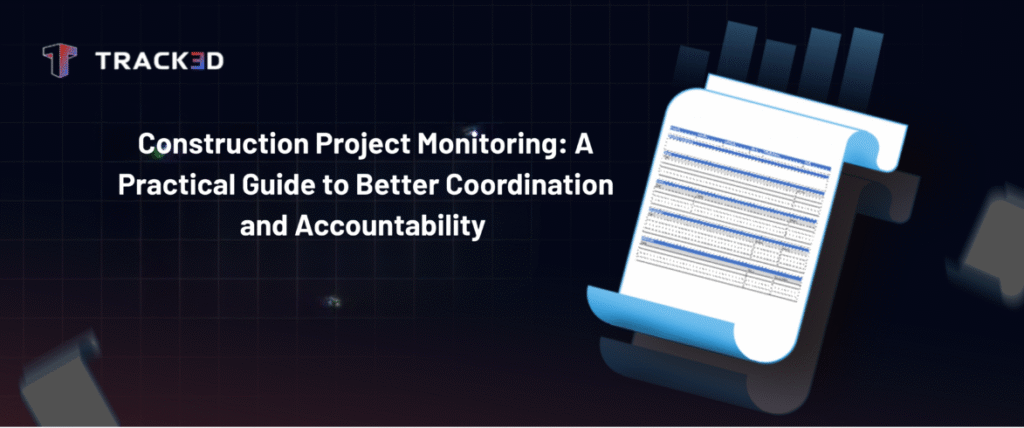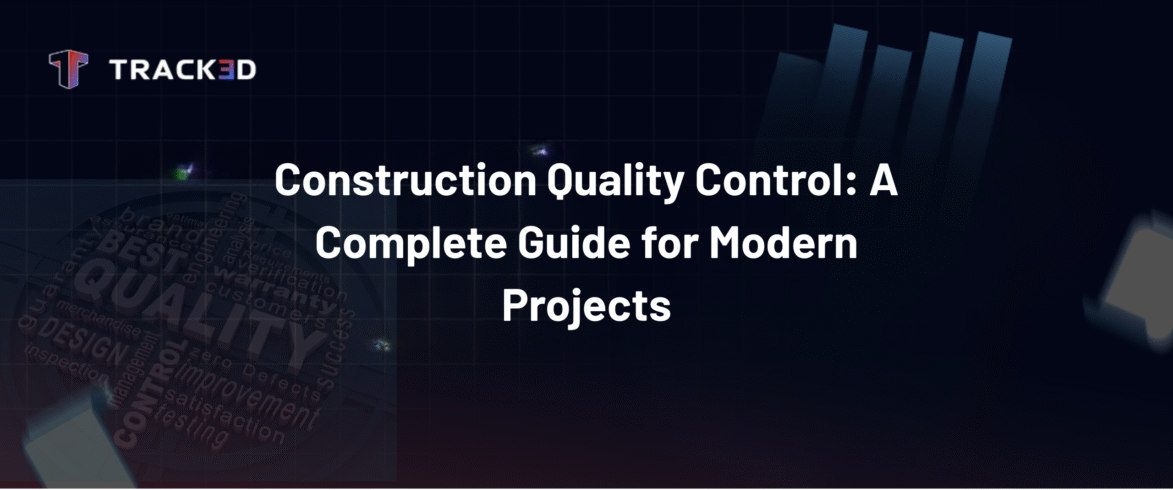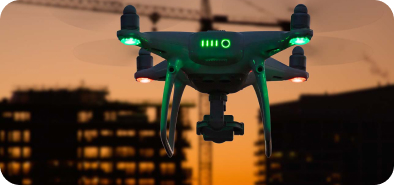Blogs
Construction Project Monitoring: A Practical Guide to Better Coordination and Accountability

What Is Construction Project Monitoring?
At its core, construction project monitoring is about answering one simple question: Are we on track? But in reality, getting that answer isn’t always so simple.
From delays and cost overruns to quality concerns and safety gaps, many of the challenges that derail a project stem from a lack of visibility. Construction project monitoring is the process of systematically tracking progress, performance, and compliance across time, trades, and teams—to catch problems early and keep things moving forward.
Traditional Methods (and Why They No Longer Scale)
Historically, monitoring relied on:
- Site walks with clipboards and photos
- Verbal updates from supers or subcontractors
- Paper logs or static PDF reports
- Gut feel and informal check-ins
It worked—to a point. But today’s projects move faster, involve more stakeholders, and generate more data than ever. That means:
- Manual reporting gets outdated quickly
- Inconsistencies creep into communication
- Small issues become big delays before anyone notices
These limitations are why many teams are evolving their monitoring approach.
What Effective Construction Project Monitoring Looks Like Today
Modern project monitoring is more structured, visual, and data-driven. It gives teams:
- Clear benchmarks to track actual vs. planned work
- Visual documentation that anyone can understand, even off-site
- Repeatable workflows for capturing and reviewing progress
- Centralized access to key data for collaboration
Monitoring today isn’t just about tracking what happened. It’s about using that insight to make smarter decisions tomorrow.
Tools and Tactics for Smarter Project Monitoring
Effective monitoring starts with consistent, accurate capture and ends with actionable insight. Here’s how modern teams do it:
- Reality Capture: Use 360° cameras or mobile tools to visually document work. This adds context beyond checkboxes and numbers.
- Progress Mapping: Align photos with floor plans to track where and when work happened.
- AI-Powered Tracking: Let software analyze visuals to flag incomplete areas or deviations from plan.
- Dashboards and Reports: Summarize trends and status updates in a way stakeholders can act on.
It’s not about adopting flashy tech—it’s about supporting your teams with the visibility they need.
Common Pitfalls—and How to Avoid Them
Even good monitoring systems can fall short if the process isn’t consistent. Watch out for:
- Infrequent documentation that misses important milestones
- Unstructured photos or notes that are hard to interpret later
- Delayed reporting that creates decision lag
- Siloed systems that don’t connect with planning or financial tools
Avoid these with clear routines, trained teams, and systems that work the way your jobsite runs.
How Monitoring Supports Better Collaboration and Decision-Making
Monitoring doesn’t just help project managers—it benefits the whole team:
- Owners get transparency without needing weekly site visits
- Supers get a reliable record to resolve disputes or validate work
- PMs can verify subcontractor progress for billing or schedule adjustments
- Trade partners stay informed and aligned, avoiding coordination conflicts
When everyone sees the same information, it’s easier to work together.
Turn Monitoring Into a Strategic Advantage
Construction project monitoring is more than just oversight. Done well, it empowers your team to stay proactive, not reactive. It gives you the confidence to move faster—because you can see what’s happening, prove what’s done, and plan what’s next.
Explore how visual documentation and periodic analysis can support better planning, reporting, and trade coordination—without disrupting your workflow. Click Here




